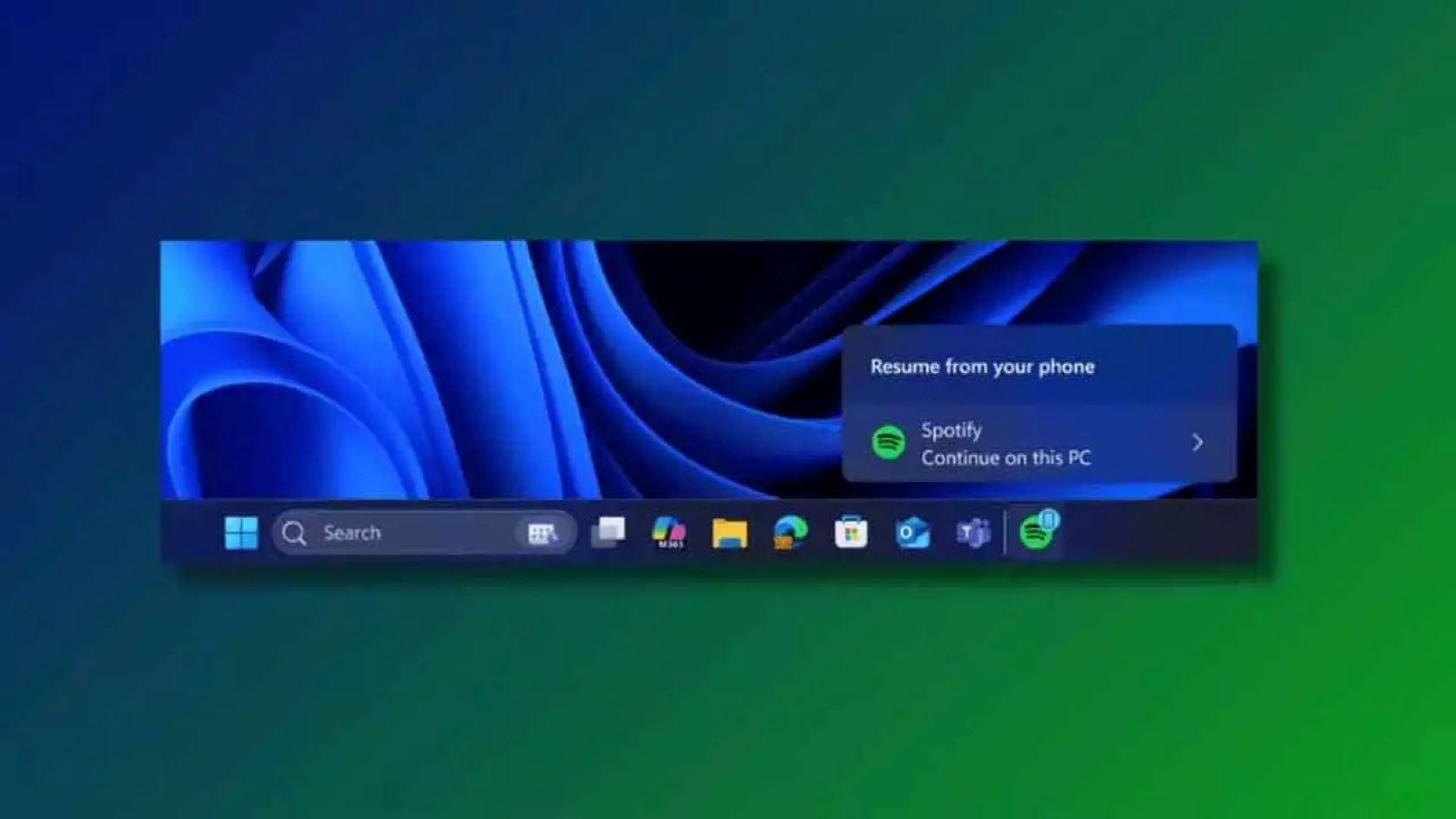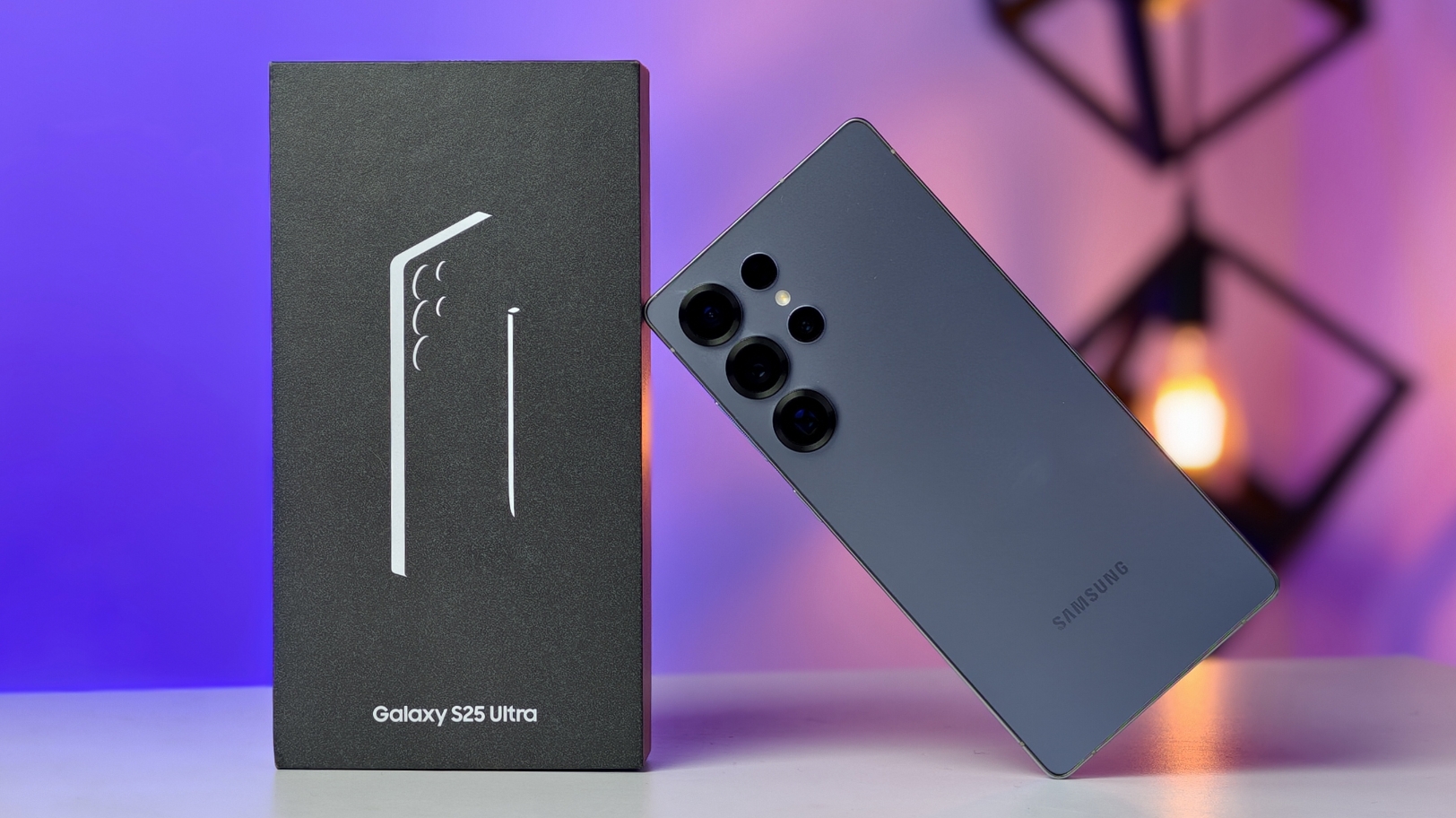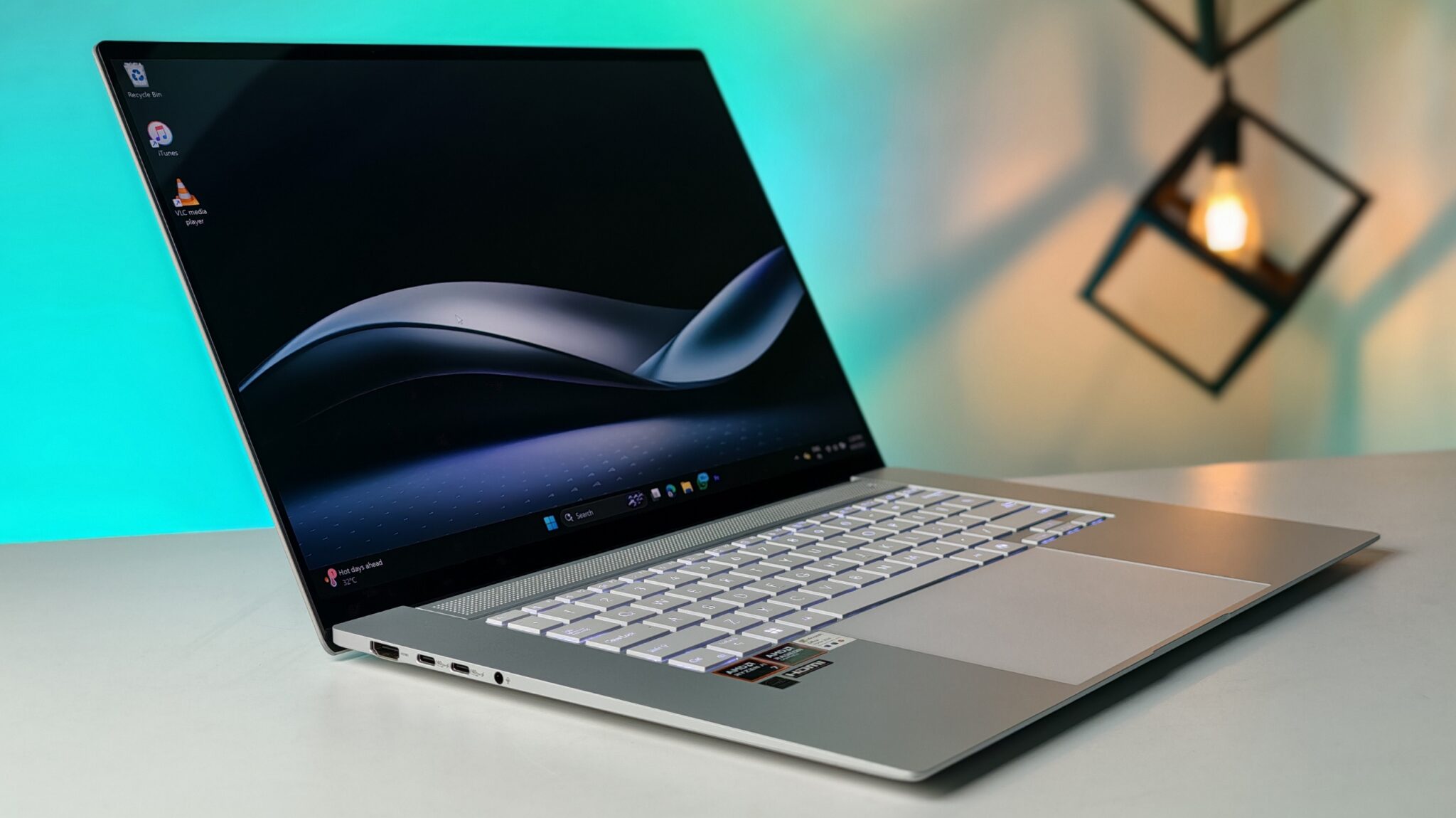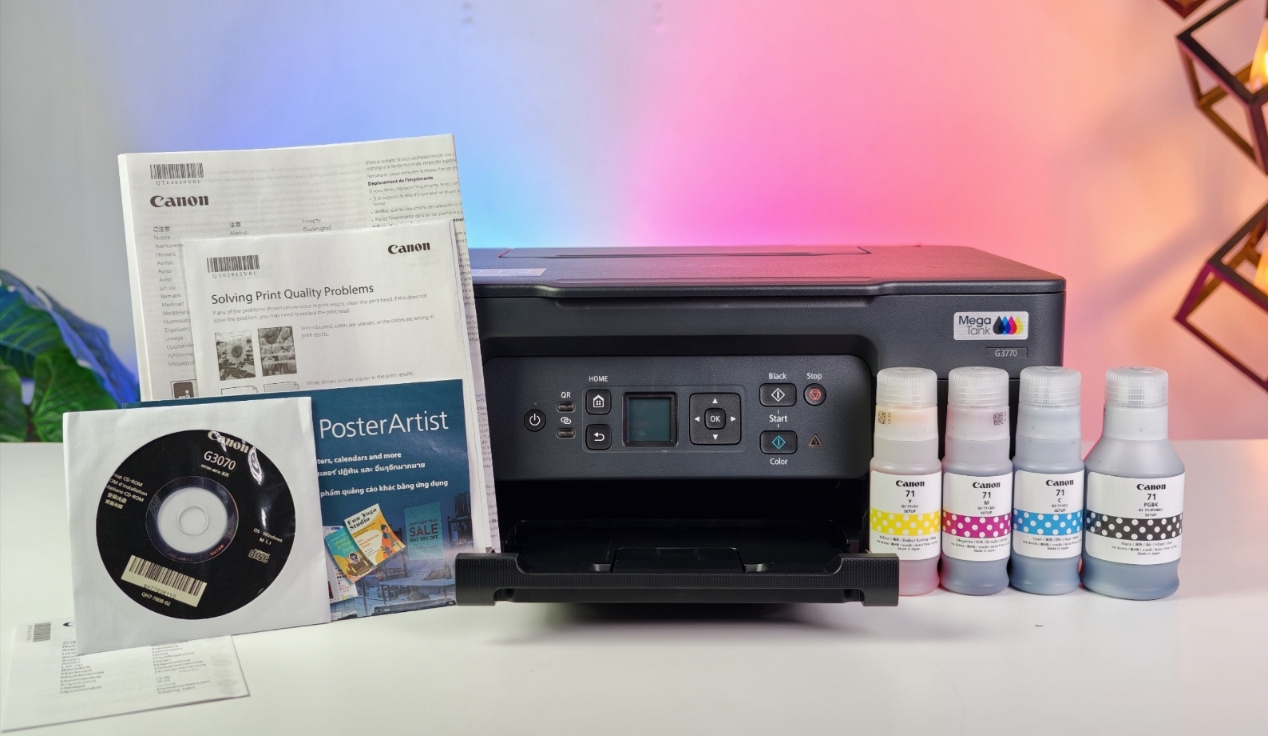Prime Minister Narendra Modi will inaugurate the fourth edition of SEMICON India 2025 on September 2 at Yashobhoomi, the India International Convention and Expo Centre in New Delhi. The three-day event, scheduled from September 2 to 4, is expected to be an important platform for leaders, experts, and stakeholders in the semiconductor industry worldwide.
This year, the theme “Building the Next Semiconductor Powerhouse” reflects India’s growing ambition to play a central role in the global semiconductor supply chain. The event will include discussions and exhibitions on several key areas such as fabrication, advanced packaging, smart manufacturing, and artificial intelligence.
Key Takeaways
- The fourth edition of SEMICON India 2025 will take place in New Delhi from September 2 to 4.
- Prime Minister Narendra Modi will inaugurate the event on September 2.
- Over 350 exhibitors from 18 countries will participate, including international pavilions from Japan, South Korea, Singapore, and Malaysia.
- Nine Indian states will also showcase their presence with dedicated pavilions.
- A special pavilion will highlight semiconductor design startups from India.
- The event is co-organized by the India Semiconductor Mission (ISM) and SEMI, a global industry association.
Strengthening India’s Semiconductor Ecosystem
Semiconductors lie at the heart of today’s digital economy. They power devices ranging from smartphones and automobiles to defense systems and healthcare equipment. For decades, India has depended on imports for most of its semiconductor needs. To reduce this reliance, the government launched the India Semiconductor Mission (ISM) with a financial commitment of ₹76,000 crore aimed at building a domestic semiconductor and display manufacturing ecosystem.
So far, the government has approved 10 projects with planned investments of about ₹1.6 lakh crore. These projects cover fabrication units as well as packaging and testing facilities, which together mark an important step toward making India more self-reliant in electronics manufacturing.
The push is not just about factories. The Design Linked Incentive (DLI) Scheme is specifically targeted at startups and Indian companies engaged in chip design. Currently, 23 startups have received approval under the scheme. This helps nurture local innovation and ensures that India builds a complete ecosystem that stretches from design to final production.
A Platform for Collaboration
SEMICON India 2025 is designed as a meeting ground for collaboration. The event will feature four international pavilions from Japan, South Korea, Singapore, and Malaysia, along with participation from more than 350 companies representing 18 countries.
Top leaders from global semiconductor companies including Applied Materials, ASML, IBM, Micron, and Lam Research will be present. Their participation opens the door for Indian companies to build partnerships and learn from international experience. Six country-specific roundtables are also planned to encourage focused discussions around technology and trade opportunities.
One of the most anticipated features will be the pavilion for semiconductor design startups. It provides a platform for young Indian innovators to showcase their solutions and potentially secure industry support. In addition, the event will host training and upskilling programs for students and engineers. More than 60,000 students have already benefited from talent development initiatives under the ISM, and this year’s programs are expected to expand that reach even further.
India’s broader aim is to secure a strong position in the global semiconductor industry. That includes not just setting up fabrication facilities but also investing in research and development in advanced areas such as compound semiconductors, which use materials like Silicon Carbide, and next-generation packaging technologies. These are becoming increasingly vital for emerging sectors such as electric vehicles, renewable energy, and defense.
Recently, the government approved four new projects in Odisha, Punjab, and Andhra Pradesh with a combined investment of over ₹4,600 crore. These projects mark India’s move into specialized areas of semiconductor technology.
The co-organization of SEMICON India 2025 by ISM and SEMI highlights India’s deepening collaboration with the global semiconductor community. This partnership is not only about technology transfer but also about building trust and positioning India as a reliable player in the global electronics supply chain.
FAQs
Q1. What is a semiconductor?
A1. A semiconductor is a material that has electrical properties between a conductor (like copper) and an insulator (like rubber). They are used to make electronic circuits and chips that power almost all modern electronics.
Q2. What is the India Semiconductor Mission (ISM)?
A2. The India Semiconductor Mission (ISM) is a government program with a financial commitment of ₹76,000 crore to develop India’s semiconductor and display manufacturing ecosystem. It offers incentives to companies that want to set up chip factories and design centers in India.
Q3. Why is India focusing on semiconductors?
A3. India wants to reduce its reliance on chip imports and become more technologically independent. By building a local ecosystem for semiconductor design and manufacturing, India aims to create jobs, attract foreign investment, and secure its supply chain for essential electronics.


















